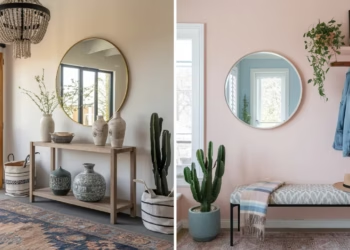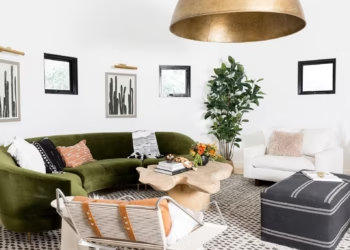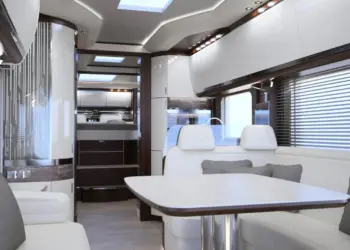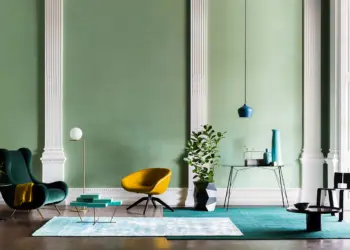Taking on the challenge of home interior design by yourself can be a rewarding and empowering experience. With careful planning, creativity, and attention to detail, you can transform your living space into a reflection of your personal style and preferences.
In this blog article, we will guide you through essential steps to help you succeed in your home interior design endeavors without professional assistance. From setting goals and gathering inspiration to budgeting and execution, let’s explore how you can achieve impressive results and create a home that you’re proud to call your own.
Table of Contents
The history of home interior design
The earliest reports of interior design date back to well before 1000 BC. At that time, the Egyptians built houses out of clay, filling them with wooden furniture and other decorative objects, such as straw mats, animal skins and the like.
With the passage of time, this trend would be reflected in the use of rustic fabrics for decoration, among other projects. The Egyptians built real decorated walls, where they depicted their tastes and customs.
But it was in the classical era (between 499 BC and 79 AD) that interior design reached its apogee, in ancient Greece. Inspired by the Egyptian style, the Greeks began to design furniture that combined comfort with beauty and sophistication.
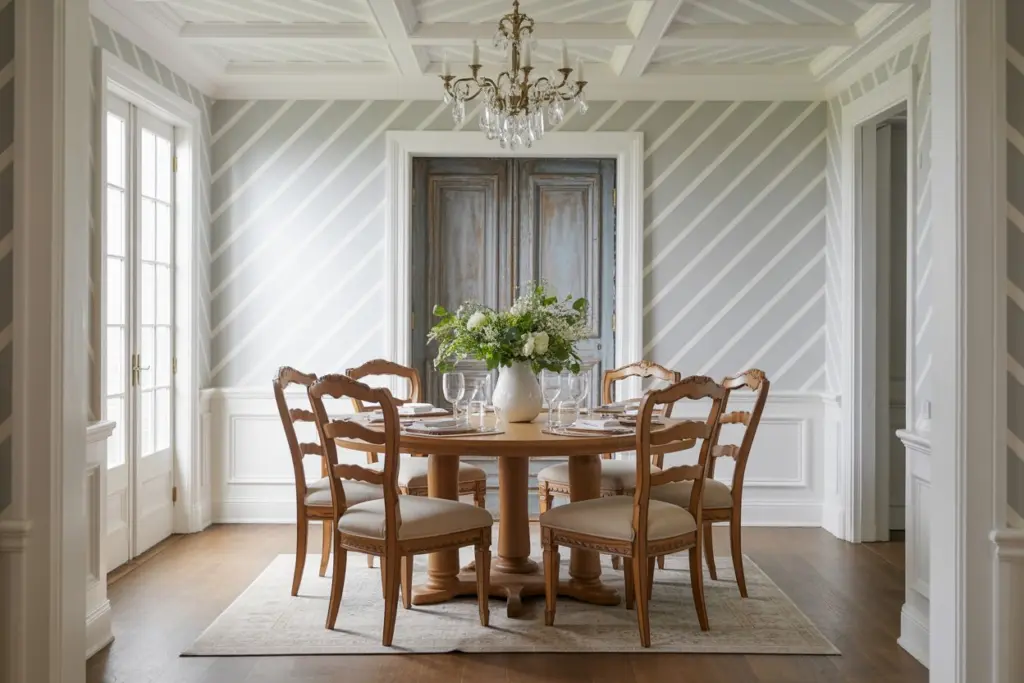
In the Roman Empire, noble residences were characterized by large interior courtyards, with highly refined mosaics, floors and paintings, symbolizing the gods and other literary figures of the time.
The Romans had a real concern for the finish of buildings and were responsible for thinking up the beginnings of modern furniture, as we know today.
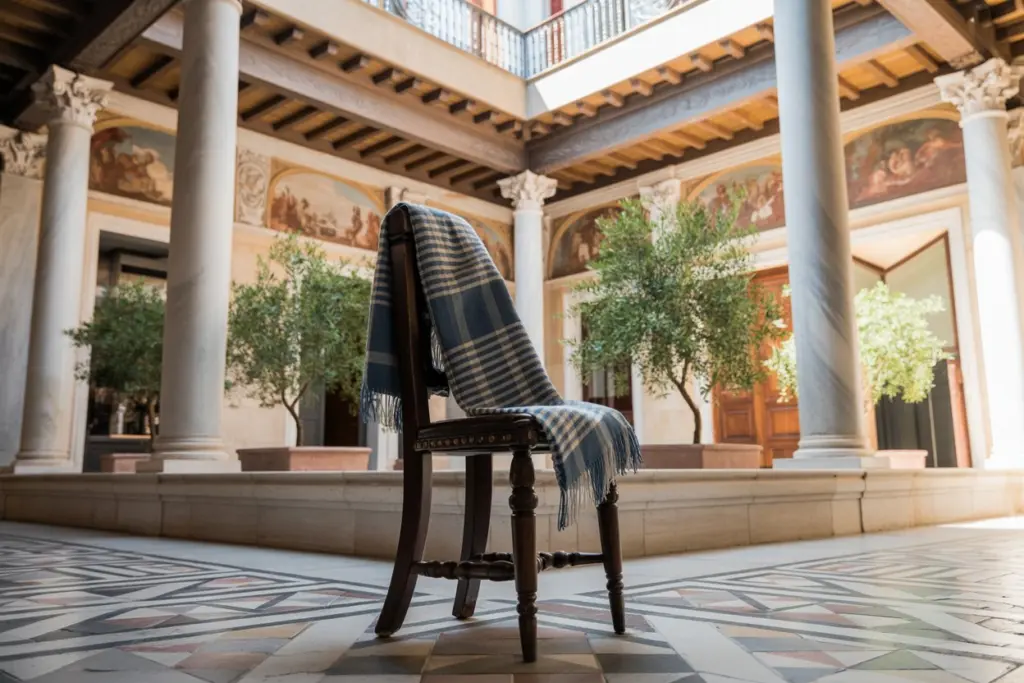
In the 17th century, in the Baroque style, interior decoration took on an air of splendor, with richly detailed decoration, in a trend that spread rapidly across Europe and influenced some buildings in Latin America.
Over the years, interior design has undergone several changes and, in the years between 1930 and 1965, completely changed its style, abandoning all the trends of previous centuries. During this period, modern furniture appeared, becoming icons of interior design.
As a result, the profession of interior designer gained notoriety, with renowned artists becoming part of the movement. A classic of the modern era is the Charles Eames Office Chair, which has become a symbol of comfort, refinement and sophistication.
With this, the 20th century represented the best moment in the history of interior designers, who were able to plan functional, modern and personalized spaces, in other words, taking into account the wishes of each resident.
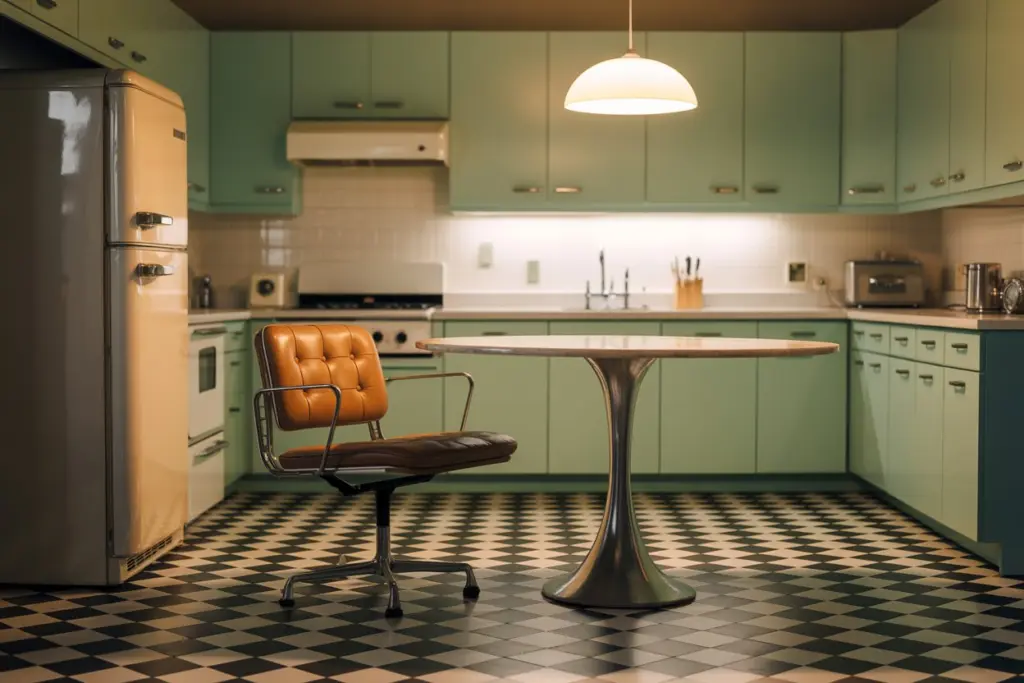
What is an interior design project?
It’s not uncommon for interior design to be confused with decoration. However, this is a misunderstanding of the area, because the designer’s job goes beyond decorating an environment, as it involves choosing coverings, cores, finishes, among other details that are part of the project.
In addition, the interior design understands what residents want, and creates spaces that are functional, fun and personalized. Permanent spaces are also taken into account, to promote the best use of the environment.
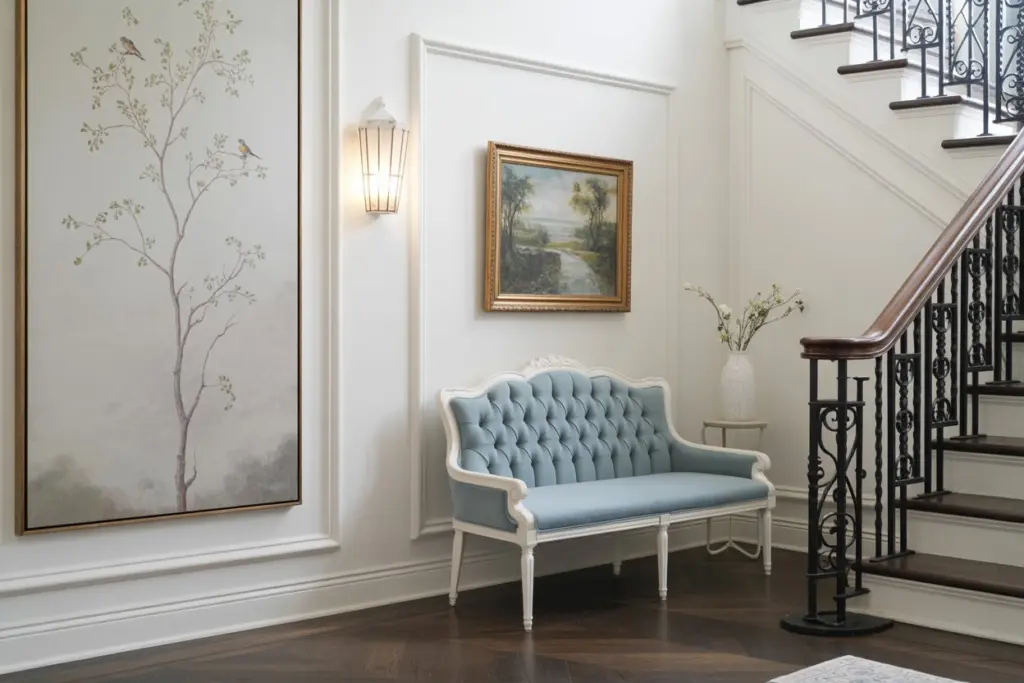
In this sense, interior design correctly divides the installation of custom kitchen furniture, for example, even the application of small objects. It is essential that the interior design takes into account comfort and ergonomic conditions, to dictate the best height and dimensions of the furniture.
Finally, the interior designer also recommends the best coverings and materials, to ensure that users enjoy an appropriate, functional and sophisticated environment.
The designer may choose to purchase vinyl flooring as an economical solution for the home interior.
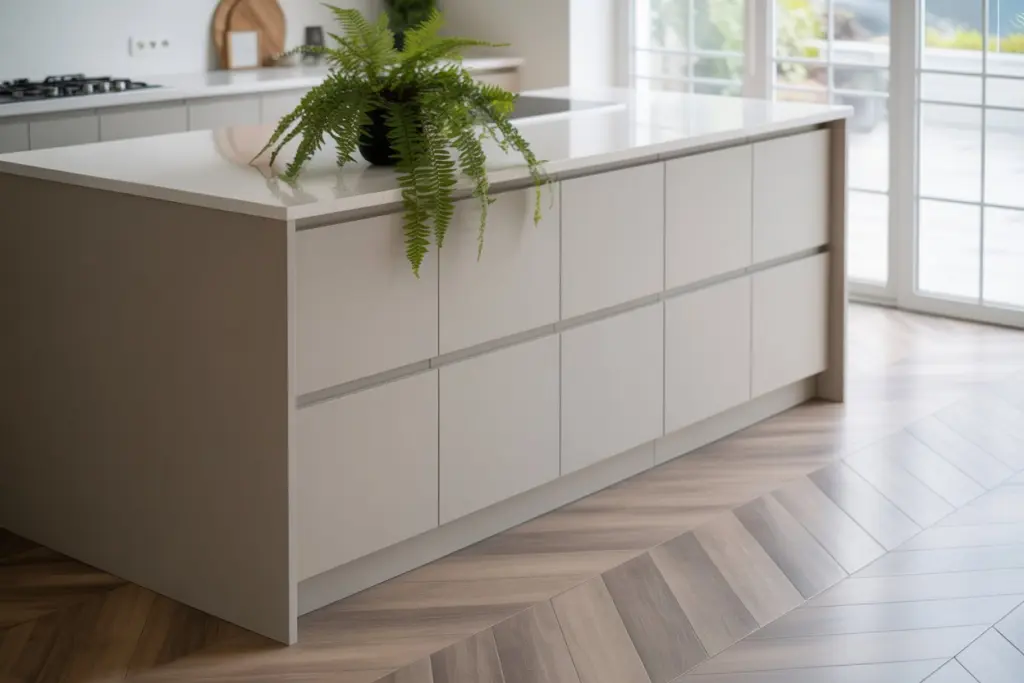
How to succeed your home interior design by yourself
Define Your Home Interior Design Vision
Start by defining your design vision and establishing clear goals for your home interior project. Consider the ambiance and atmosphere you want to create. Think about your personal style, the functionality of the space, and the overall theme you wish to convey. Having a clear vision will guide your decision-making process and ensure consistency throughout the design project.
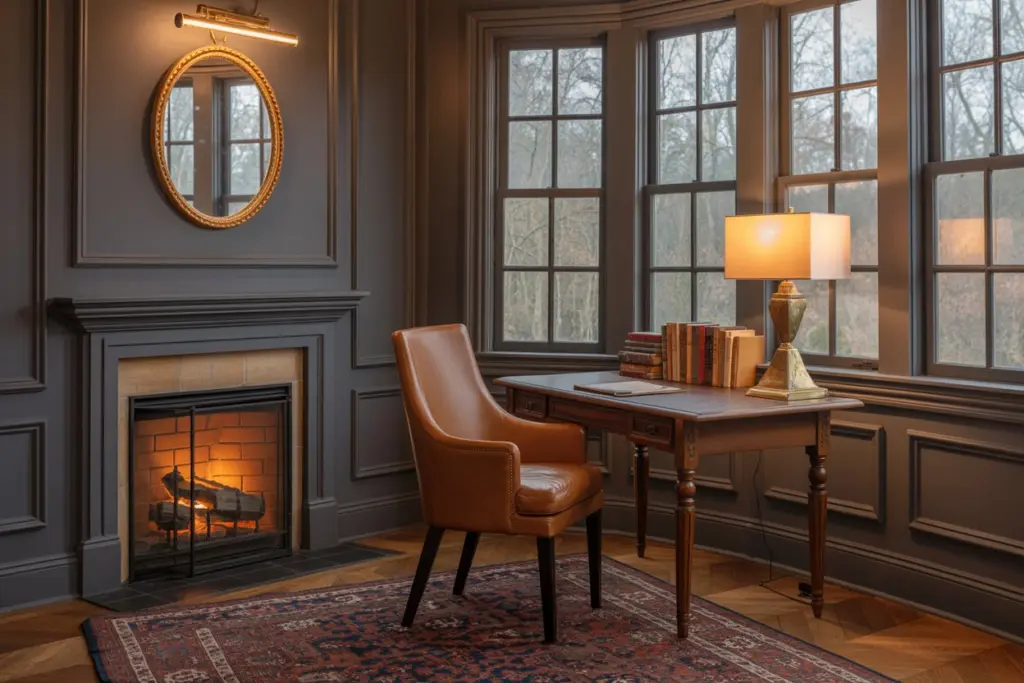
Gather Inspiration
Seek inspiration from various sources to fuel your creativity. Browse through interior design magazines, websites, and social media platforms like Pinterest and Instagram. Save images, create mood boards, or use online design tools to collect ideas that resonate with your design vision.
Look for common themes, color schemes, and design elements that you find appealing and incorporate them into your own unique plan.
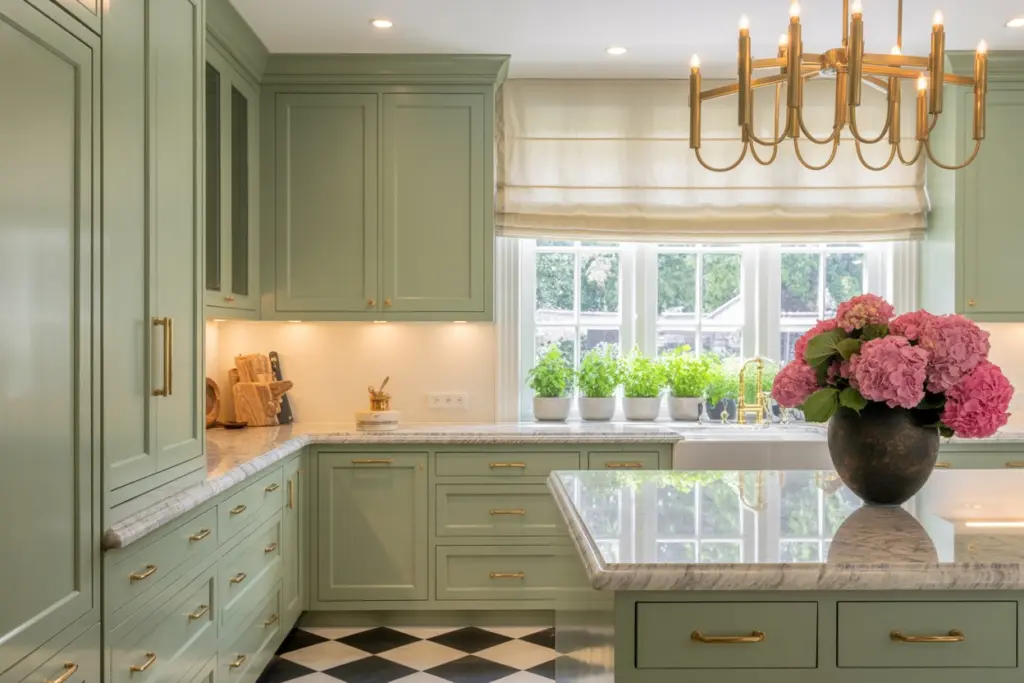
Plan and Organize
Before diving into the design process, create a detailed plan and organize your ideas. Evaluate the scope of the project and break it down into manageable steps.
Consider each room or area individually and identify specific design elements such as color schemes, furniture, lighting, and accessories. Create a timeline and prioritize tasks to ensure a smooth and efficient process.
Establish a Realistic Budget
Setting a realistic budget is crucial to the success of your DIY home interior design project. Determine how much you’re willing to invest in materials, furnishings, and any professional services you might require, such as contractors or electricians.
Research the cost of items and services to get a sense of what is feasible within your budget. Be sure to include a contingency fund for unexpected expenses that may arise along the way.
Do Your Research
Take the time to research different design styles, materials, and techniques that align with your vision. Understand the pros and cons of various options and make informed decisions.
Look for online tutorials, DIY blogs, and instructional videos that provide guidance on specific tasks like painting, installing flooring, or assembling furniture. Arm yourself with knowledge to confidently tackle each aspect of the project.
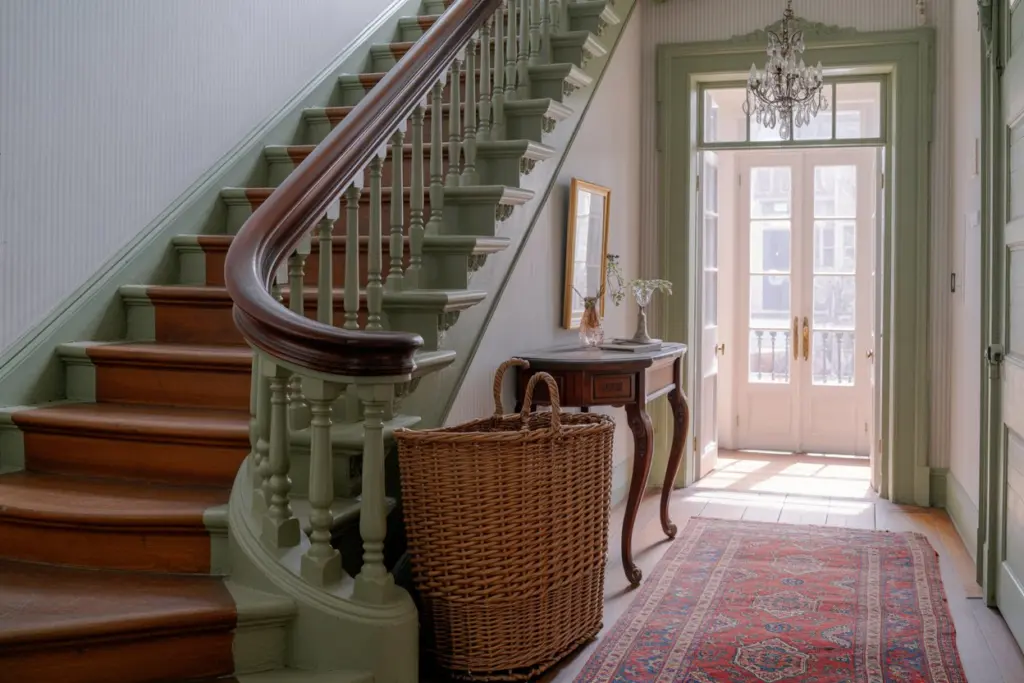
Create a Cohesive Home Interior Design
Ensure that your design elements work harmoniously together by creating a cohesive design. Consider factors such as color palettes, patterns, and textures. Aim for a balanced combination that complements your style and creates a cohesive flow throughout the space. Create sample boards or digital collages to visualize how different elements will work together.
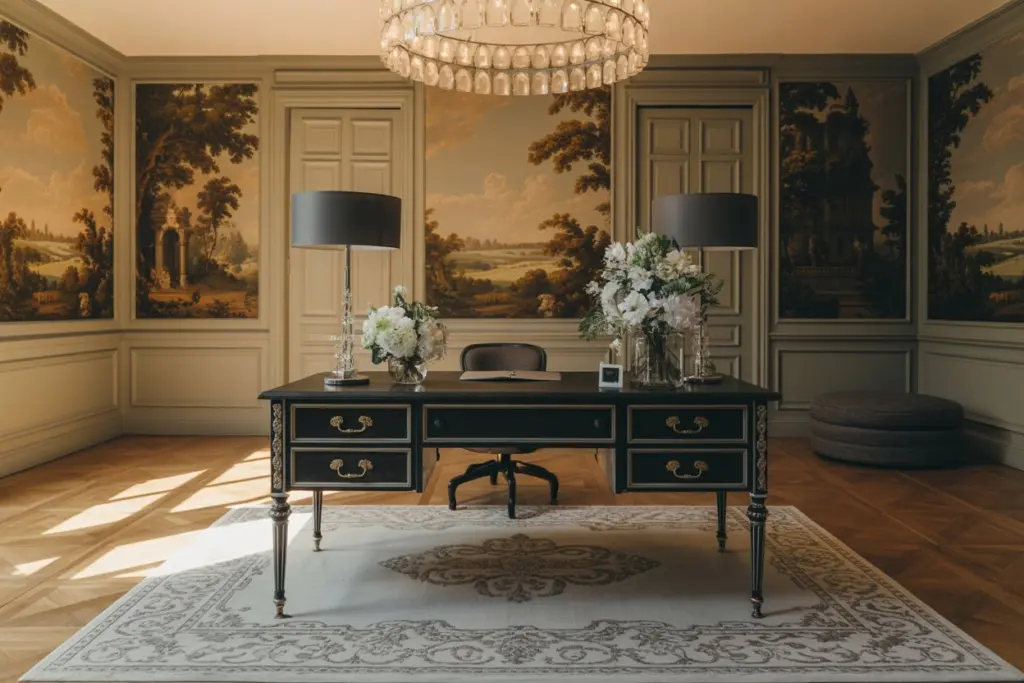
Utilize Space Efficiently
Make the most of your space by carefully planning the layout and functionality of each room. Consider traffic flow, furniture placement, and storage solutions. Optimize storage space with smart organizational systems, such as built-in shelving or multifunctional furniture.
Maximize both functionality and aesthetics to create a well-utilized and visually pleasing space.
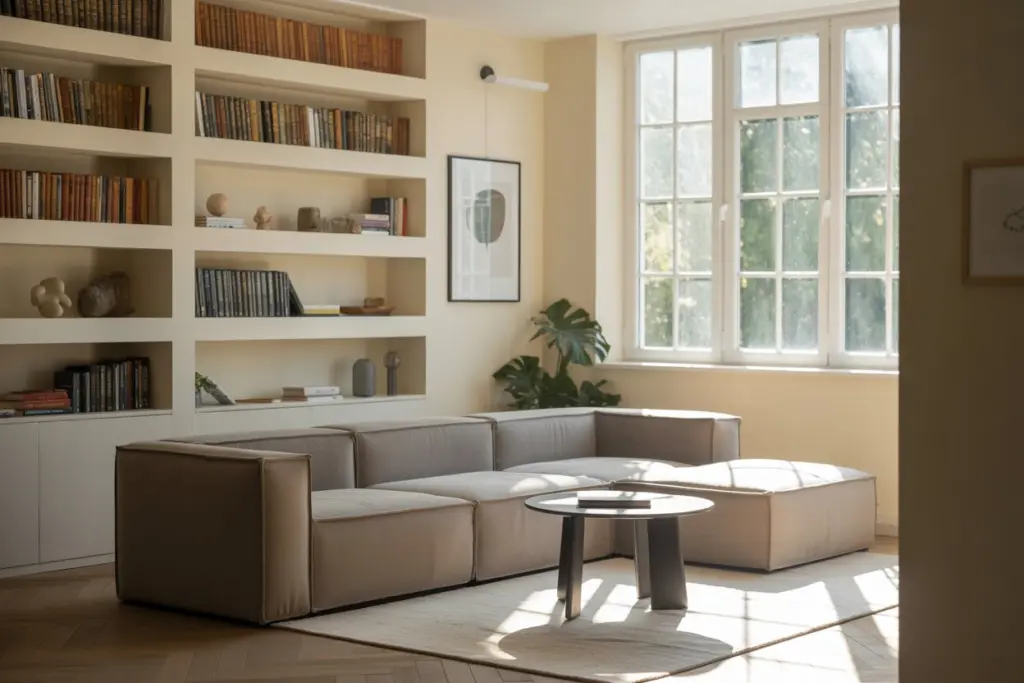
Pay Attention to Detail in home interior design
Small details can make a significant impact on the overall look and feel of a room. Focus on the finer details such as lighting fixtures, hardware, and accessories. Choose these elements mindfully, ensuring they complement the overall design aesthetic.
Pay attention to finishing touches like trim work, molding, and paint touch-ups to achieve a polished and professional result.
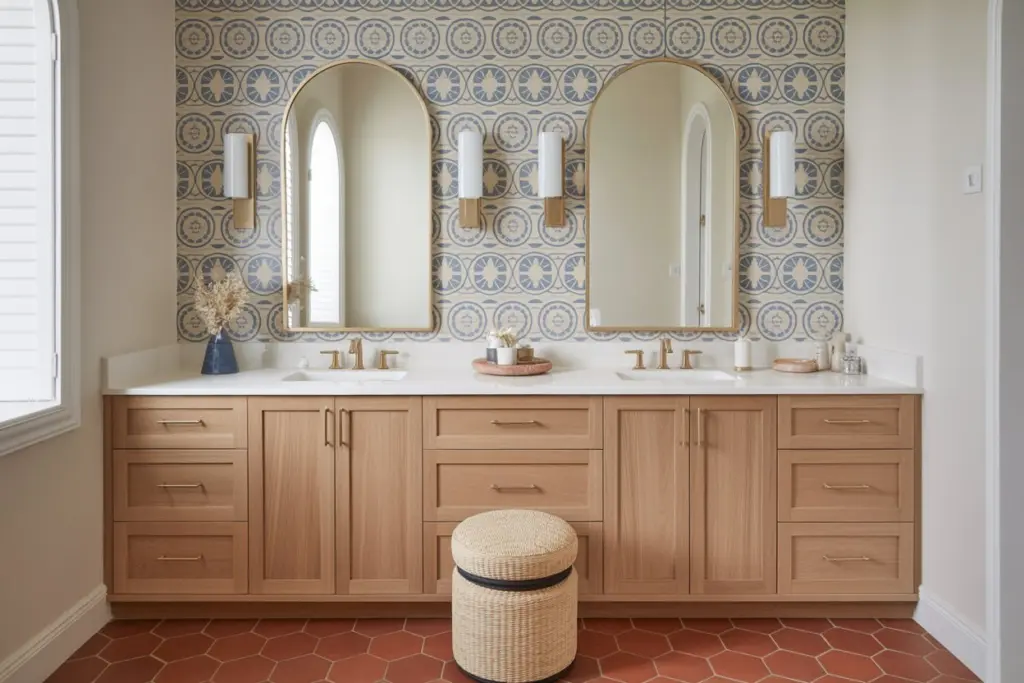
Take a Step Back and Assess
Throughout the design process, take a step back from time to time and assess the progress. Evaluate each aspect of the design and ensure it aligns with your vision. Look for any areas that may need adjustments or improvements. Consider how the space feels and functions as a whole. Don’t be afraid to make changes or try different arrangements until you achieve the desired outcome.
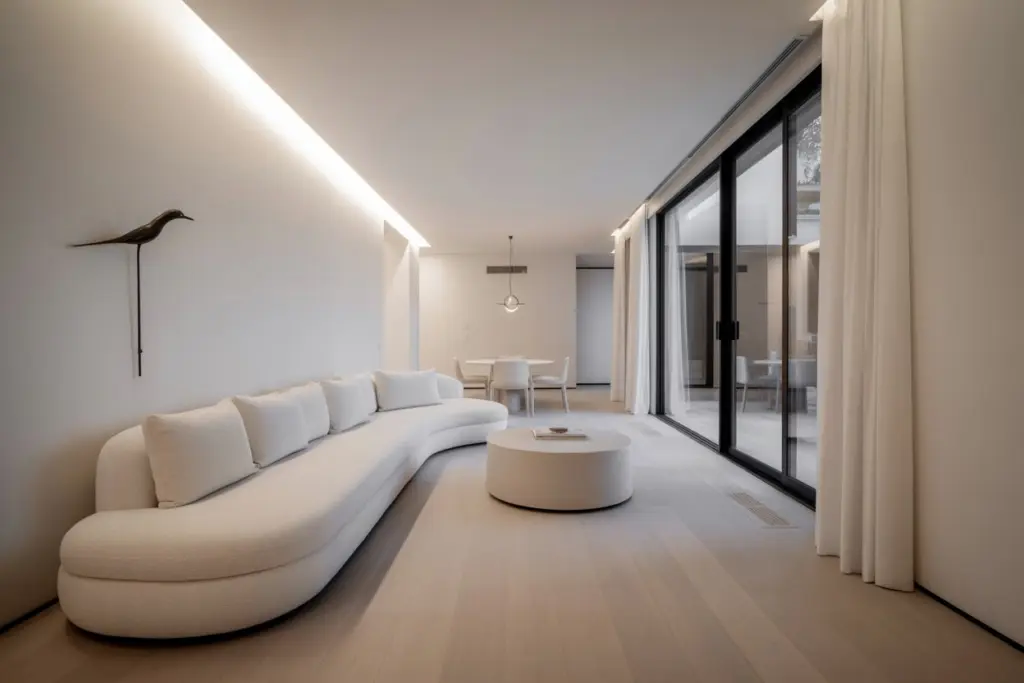
Embrace DIY Projects
Take advantage of do-it-yourself projects to add a personal touch to your home interior design. Consider repurposing old furniture, creating custom artwork, or crafting unique décor pieces. DIY projects not only allow you to save money but also provide an opportunity to infuse your space with your individuality and creativity.
Seek Support and Feedback
Even though you’re undertaking the project by yourself, don’t hesitate to seek support and feedback from friends and family. Share your ideas, ask for opinions, and invite others to provide constructive criticism. Sometimes an outside perspective can offer valuable insights and help refine your design choices.
Enjoy the Process
Remember to enjoy the journey of your DIY home interior design project. Embrace the learning opportunities, creative challenges, and the satisfaction of seeing your vision come to life. Don’t be too hard on yourself if things don’t go exactly as planned. Adaptability and flexibility are essential qualities for success in any DIY endeavor.

Succeeding in your home interior design project without professional assistance requires careful planning, research, and a dash of creativity. By defining your design vision, gathering inspiration, setting a budget, and organizing your plan, you can confidently tackle the project. Pay attention to details, utilize space efficiently, and embrace DIY projects to add a personal touch.
Seek feedback and support when needed and remember to enjoy the process. With dedication and perseverance, you’ll achieve impressive results and create a home that reflects your unique style and personality. So, roll up your sleeves, unleash your creativity, and embark on the fulfilling journey of DIY home interior design.


